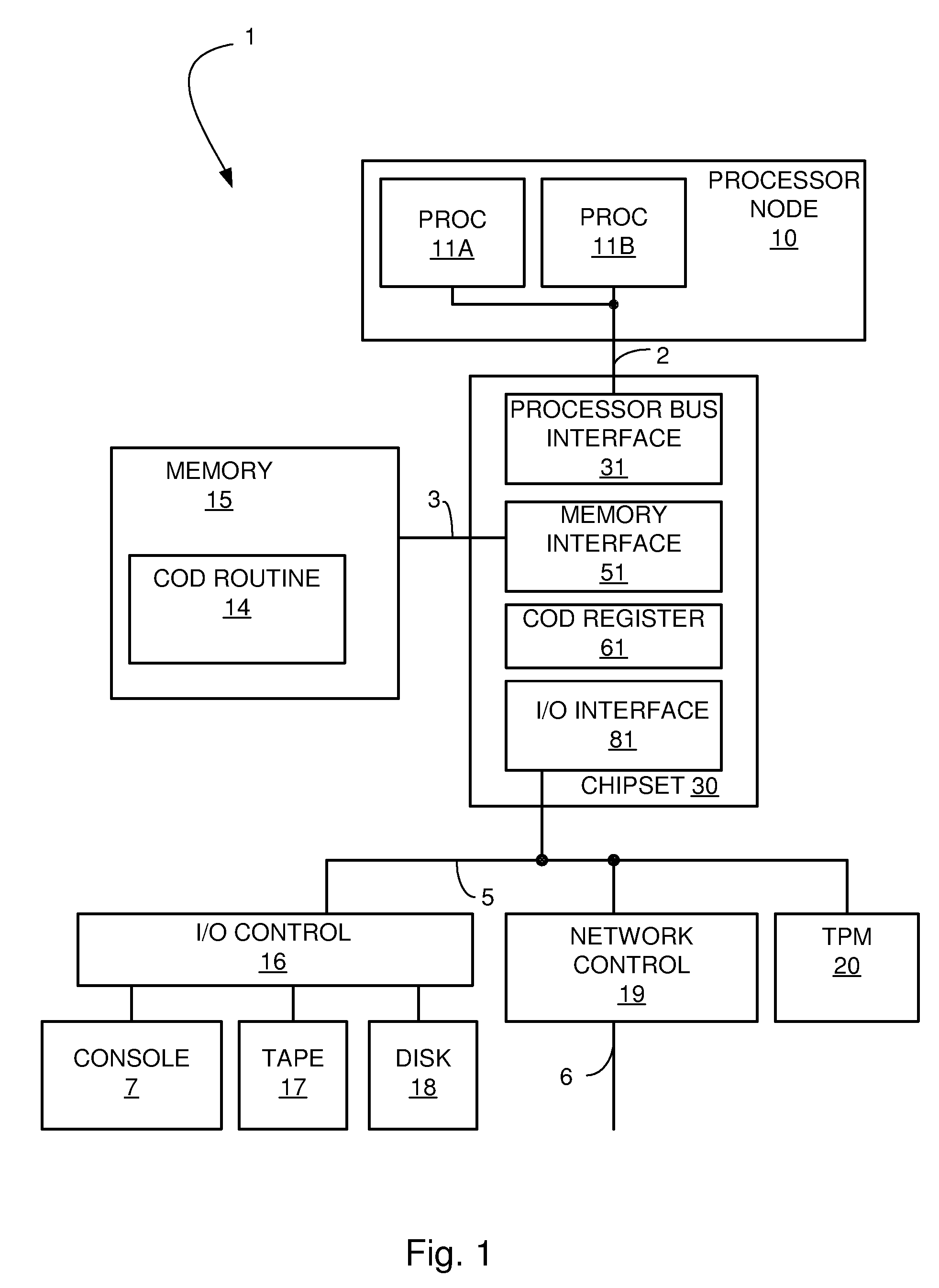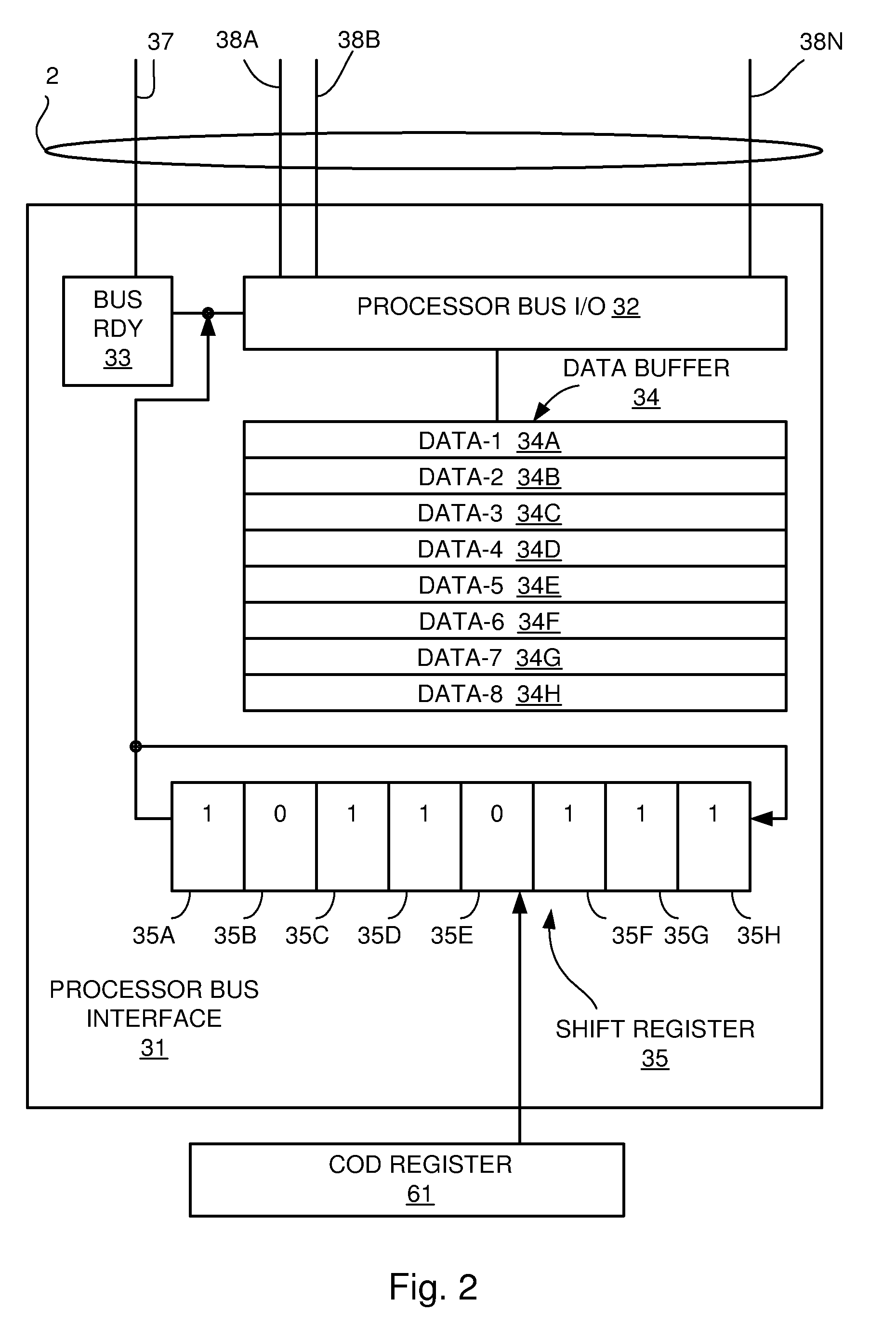Capacity on Demand Using Signaling Bus Control
a technology of signaling bus and capacity, applied in multiplex communication, generating/distributing signals, instruments, etc., to achieve the effect of increasing both latency and bandwidth in fetch and speeding up or delay latency and bandwidth performan
- Summary
- Abstract
- Description
- Claims
- Application Information
AI Technical Summary
Benefits of technology
Problems solved by technology
Method used
Image
Examples
Embodiment Construction
[0026] The invention will be described in detail with reference to the figures. It will be appreciated that this description and these figures are for illustrative purposes only, and are not intended to limit the scope of the invention. In particular, various descriptions and illustrations of the applicability, use, and advantages of the invention are exemplary only, and do not define the scope of the invention. Accordingly, all questions of scope must be resolved only from claims set forth elsewhere in this disclosure.
[0027] Capacity of a computing system means how much throughput, or work, the computing system is capable of performing in a given interval of time. There are many measurements and benchmarks for capacity. For example, in a numerically intensive computing system workload, capacity is often measured in floating point operations per second. In a commercial workload, capacity is often measured in how many transactions the computing system can perform in an interval of t...
PUM
 Login to View More
Login to View More Abstract
Description
Claims
Application Information
 Login to View More
Login to View More - R&D
- Intellectual Property
- Life Sciences
- Materials
- Tech Scout
- Unparalleled Data Quality
- Higher Quality Content
- 60% Fewer Hallucinations
Browse by: Latest US Patents, China's latest patents, Technical Efficacy Thesaurus, Application Domain, Technology Topic, Popular Technical Reports.
© 2025 PatSnap. All rights reserved.Legal|Privacy policy|Modern Slavery Act Transparency Statement|Sitemap|About US| Contact US: help@patsnap.com



